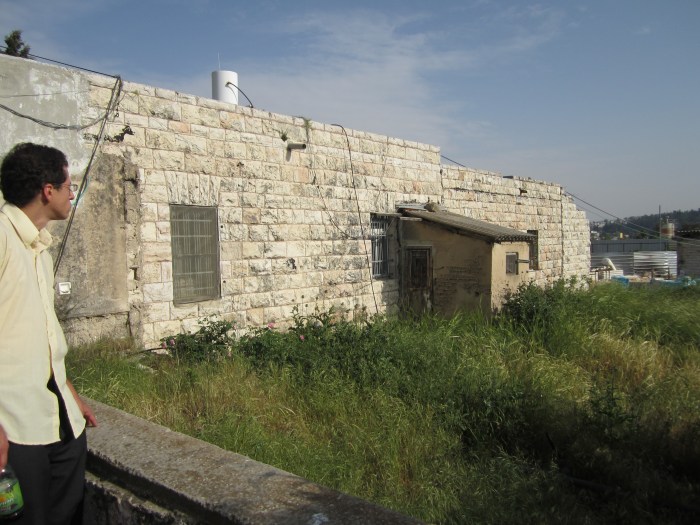Tag: Jerusalem
-
In suspected Jerusalem lynch, dozens of Jewish youths attack 3 Palestinians
By Nir Hasson 17 August 2012 | Haaretz One of the Palestinians was seriously wounded and hospitalized in intensive care; eyewitness: Today I saw a lynch with my own eyes. Dozens of Jewish youths attacked three young Palestinians in Jerusalem’s Zion Square early on Friday morning, in what one witness described as “a lynch” on…
-
Sheikh Jarrah: ‘My Neighbourhood’
By Patrick Keddie 4 August 2012 | International Solidarity Movement The Israeli authorities’ attempts to ethnically displace Palestinians from East Jerusalem have intensified greatly in recent years; in some areas, such as Sheikh Jarrah, eviction notices have been handed out to nearly every Palestinian family. My Neighbourhood, a recent short documentary film produced by Just…
-
Deir Yassin: The peace that never was
10 April 2012 | The Habal Factor Two days ago, we visited Deir Yassin, or to be more specific, what remains of Deir Yassin, with Zochrot, an Israeli organization dedicated to educating the Israeli public about the nakba. The tour was organized in commemoration of the Deir Yassin massacre. We walked along the main street…

